Valiant Wings Publishing | Airframe Detail 8: The Horton IX/Ho 229
Reviewed by Kevin Futter
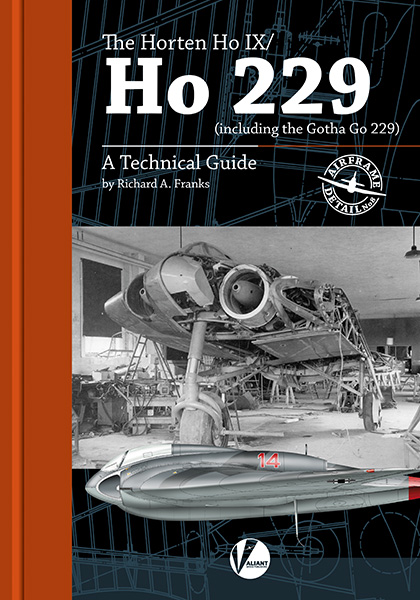
UK-based publisher Valiant Wings Publishing has just released the eighth volume in its Airframe Detail series, covering the enigmatic Horten Ho 229. Entitled The Horten Ho IX/Ho 229 (including the Gotha Go 229): A Technical Guide, this 66-page volume is authored by series editor Richard Franks, and illustrated by Richard J. Caruana.
Following the usual format for this series, the book consists of only three main sections, plus an introduction and appendices:
- Technical Description
- Camouflage & Markings
- Kit Build
The appendices feature a run down of available kits and accessories, as well as a concise bibliography on the type. Let's take a closer look at each section.
Introduction
While not listed as one of the major sections in the book's index, the Introduction consists of a substantial 11-page history of the type, copiously illustrated with captioned photographs.
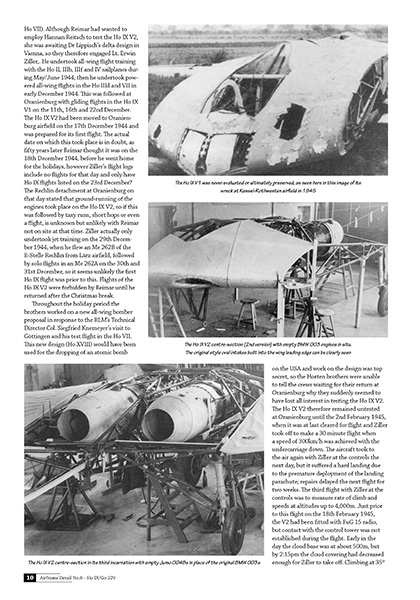
This covers the early years of the Horten brothers, through to the post-war distribution of the few airframes they managed to produce.
Technical Description
This is the longest section of the book, clocking in at 30 pages. The content is mostly contemporary photographs of the preserved example that now resides at the National Air and Space Museum. Some drawings and period photos round things out.
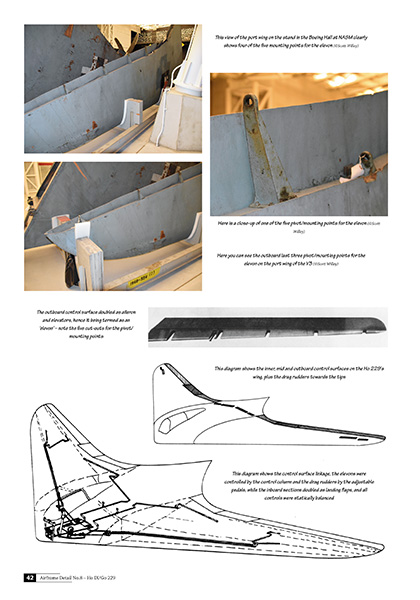
Camouflage & Markings
This section comprises a mere nine pages, reflecting the fact that very few examples of the type were built, and it never entered service. There is, nevertheless, a nice smattering of speculative "what if" colour profiles by Richard Caruana, along with a selection of period photographs.
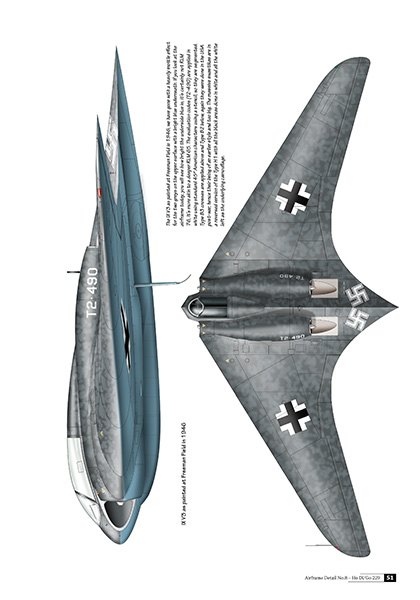
Small Scale Horten
This section contains a single model build by Libor Jekl, and is in fact the relatively new Zoukei-Mura 1/72 kit (this has been released as a combo-kit that also contains a 1/144 scale example).
Jekl delivers an excellent build of a surprisingly complex kit, and the resulting model is outstanding.
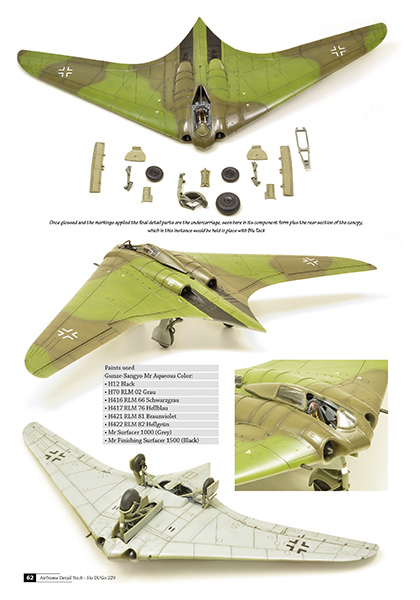
Appendices
The three appendices occupy the last three pages of the book, and cover known kits, accessories, and decals, along with a brief bibliography (which is a handy adjunct for those doing deep research into the type).
Conclusion
This is a very good one-stop technical reference for the ill-fated Ho 229. While the type never saw service, its fascination to Luftwaffe modellers is undeniable. And as a self-proclaimed Technical Guide, this book's detailed coverage of the areas commonly of interest to modellers (cockpit, wheel bays, engine) is as good as it can be for a relatively obscure type, and on that basis alone I can heartily recommend this book.
Thanks to Valiant Wings Publishing for the review sample.
© Kevin Futter 2020
This review was published on Sunday, March 22 2020; Last modified on Sunday, March 22 2020
